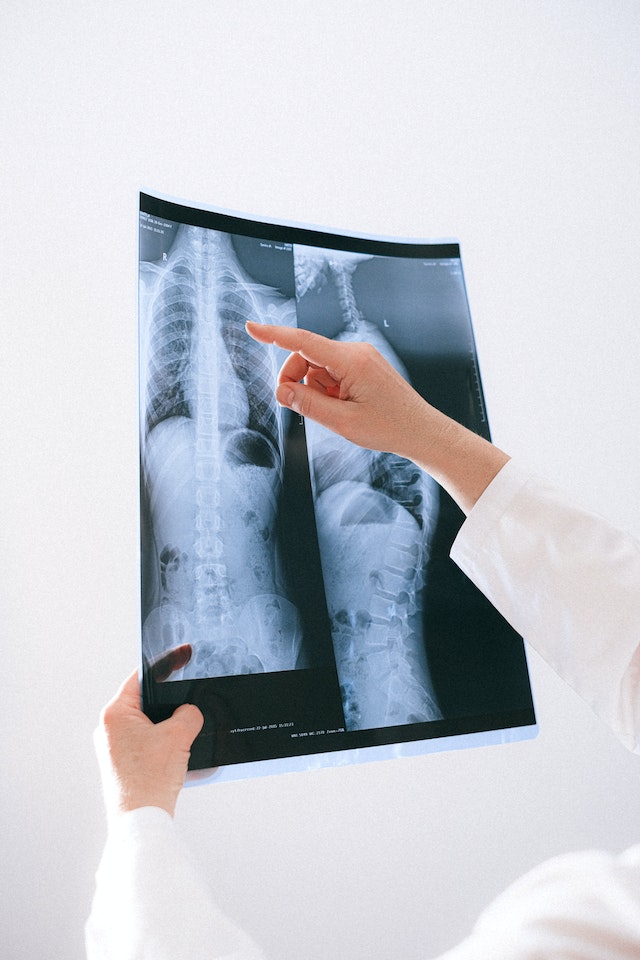Around 75,000 healthcare workers, including radiology professionals, were on strike at Kaiser Permanente across five states and Washington, D.C. This strike is considered one of the largest in U.S. healthcare history. Unions had been negotiating since April and overwhelmingly voted to authorize the strike if no resolution was reached by September 30. The strike affected regions in California, Oregon, Washington, Colorado, Virginia, and Washington, D.C. On October 7, the strike ended without a resolution after three days per federal rules.
Why Do Healthcare Strikes Like This Happen?
The Kaiser Permanente workers were on strike due to pay as well as for ensuring increases in staffing levels and protections against job outsourcing. Just a week ago, 600 registered nurses and medical support staff from St. Francis Medical Center issued a 10-day strike notice warning of walking off the job October 9 through October 13 if the hospital fails to deliver a contract for safe staffing levels. As of today, healthcare workers from St. Francis Medical Center and three other Southern California medical facilities initiated a five-day strike to protest what they perceive as unfair labor conditions and unsafe patient care practices. The strike involves nurses and other medical staff at St. Francis, Centinela Hospital Medical Center, Garden Grove Hospital Medical Center, and Encino Hospital Medical Center, all of which are under Prime Healthcare’s management. The unions representing approximately 1,800 workers, UNAC/UHCP and SEIU-UHWH, argue that chronic understaffing has led to hazardous patient care situations, exacerbated by layoffs resulting from Prime Healthcare’s acquisition of St. Francis during the pandemic.
Other reasons healthcare strikes occur:
Workplace Safety: Workers may strike when they feel that their safety is compromised due to inadequate safety protocols, insufficient personal protective equipment (PPE), or exposure to hazardous conditions, such as infectious diseases.
Contract Disputes: Labor unions representing healthcare workers negotiate employment contracts with healthcare facilities. If these negotiations fail to address the concerns of workers, strikes may occur.
Patient Care: Healthcare workers are often deeply committed to patient well-being. Strikes may result from concerns that cost-cutting measures or management decisions compromise patient care quality.
Workload and Burnout: Heavy workloads, excessive overtime, and insufficient breaks contribute to burnout among healthcare workers. Strikes can be a way to address these issues and improve work-life balance.

Retirement and Pension Plans: Disagreements over retirement benefits and pension plans can lead to labor disputes among healthcare workers, particularly as they plan for their future financial security.
Lack of Resources: Inadequate resources, including medical supplies, equipment, and technology, can hinder healthcare workers’ ability to provide quality care. Strikes may aim to secure better resources.
Job Security: Concerns about job security may arise due to outsourcing, facility closures, or layoffs. Healthcare workers may strike to protect their employment.
Union Organizing Rights: Workers may go on strike to assert their rights to form or join labor unions, address unfair labor practices, or challenge anti-union policies and actions by employers.
It’s important to note that healthcare worker strikes can have significant implications for patient care and public health. Patient care cannot be compromised so if your hospital or healthcare center is in immediate need of radiologists to fill any shortages or gaps, please reach out to Vesta Teleradiology today.
Sources:
Radiologybusiness.com
npr.org
Medscape.com
healthcaredive.com
abc7.com
Openai.com




